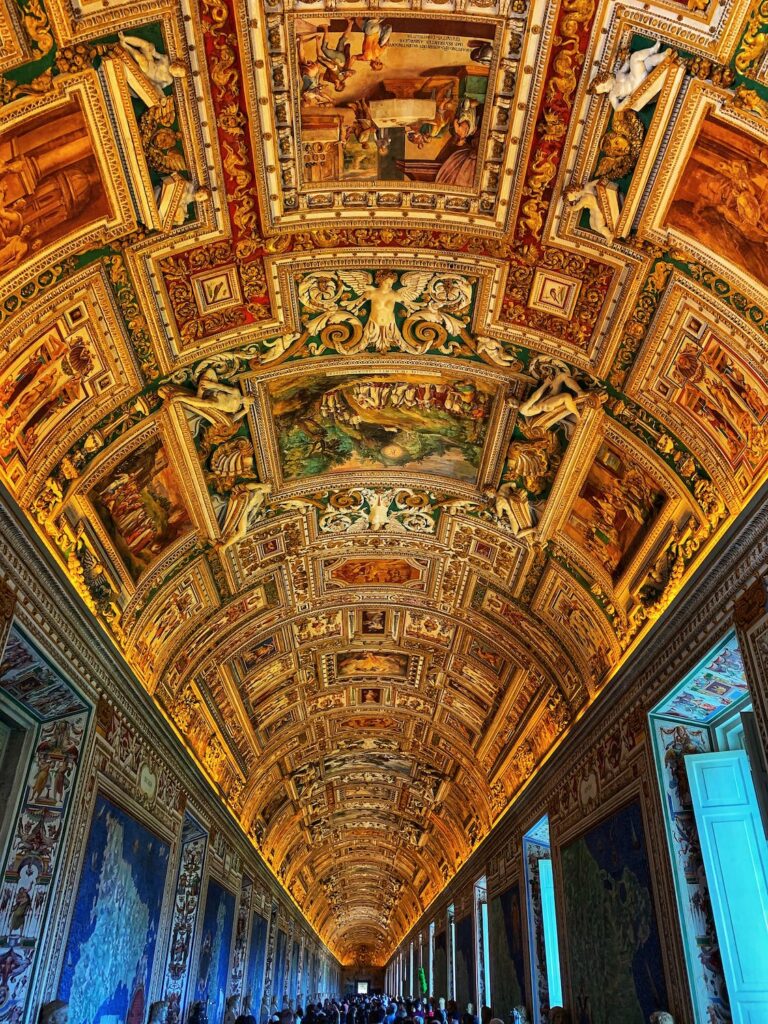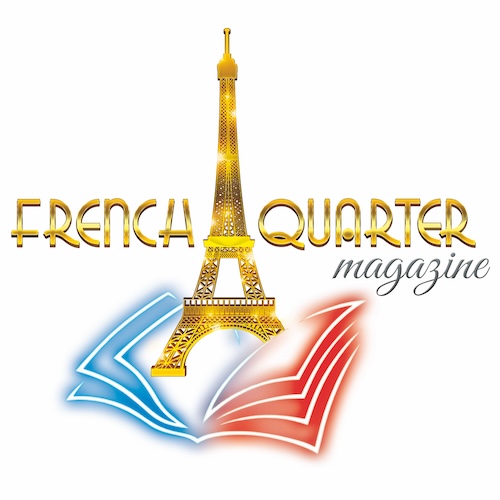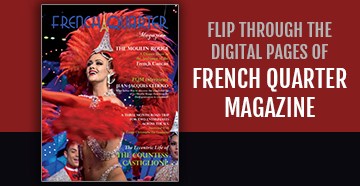Michelangelo’s Influence Continues to Inspire: Exploring his Impact on French Art and Beyond
France and Italy have a rich history of cultural exchange, particularly in the realm of art. The influence of Michelangelo, a prominent figure during the Renaissance period, extended beyond Italian art and made a significant impact on French artistic expression. This can be observed in various French works of art, including the sculpture of King Louis XIV at Versailles, designed by French sculptor Pierre Cartellier (1757–1831) and his son-in-law Louis Petitot (1794–1862), which reflects the influence of Michelangelo. Interestingly, the sculpture deviates from the earlier model by Girardon, with King Louis no longer depicted as a Roman emperor. His wig, once a symbol of the Ancien Régime, is now shorter and partially concealed by a hat, reflecting the changing sentiments of the 19th century.

https://www.pexels.com/photo/equestrian-statue-of-louis-xiv-under-blue-sky-13329378/
Michelangelo’s contributions to art are truly timeless, and his influence can be seen in works of art around the world. From his masterpiece, the ceiling of the Sistine Chapel, to his iconic sculpture of David, Michelangelo’s attention to detail and mastery of multiple art forms have made him one of the most celebrated artists of all time. His impact on French art is just one example of how his work has influenced art around the world, and his legacy continues to inspire and awe people today.

https://www.pexels.com/photo/the-david-of-michelangelo-10611503/
Michelangelo, one of the most renowned artists of the Renaissance era, was born in 1475 in the small town of Caprese, Italy. He was a master of many different art forms, including sculpture, painting, and architecture, and he left a lasting impact on the art world.
One of Michelangelo’s most famous works is the ceiling of the Sistine Chapel. This masterpiece, completed between 1508 and 1512, features nine panels that tell the story of creation, beginning with the separation of light from darkness and ending with the creation of Adam. The ceiling also includes over 300 figures, including prophets, sibyls, and cherubs. Michelangelo’s use of vibrant colors and intricate details make the ceiling a true work of art that has stood the test of time.

https://www.pexels.com/photo/the-ceiling-of-the-sistine-chapel-in-rome-11826844/
Another iconic work of Michelangelo is the sculpture of David. This 17-foot-tall statue, created between 1501 and 1504, depicts the biblical hero David, who defeated the giant Goliath with a single stone. Michelangelo’s attention to detail is evident in the veins and muscles of David’s body, as well as the intricate folds of his clothing.
Michelangelo’s final masterpiece, “The Last Judgment,” can be found on the altar wall of the Sistine Chapel. Completed between 1536 and 1541, the painting depicts the second coming of Christ and the final judgment of humanity. The painting includes over 400 figures, and Michelangelo’s use of color and light make the figures appear to be in motion. One of the most famous figures in the painting is the depiction of a man who is barely saved from hell. The man is shown on the lower left side of the painting, and he is holding a garment over his face. It is believed this figure is Michelangelo’ self-portrait and represents the artist’s fear of damnation and serves as a powerful reminder of the consequences of sin.
Michelangelo’s legacy extends far beyond his artistic accomplishments alone. His relentless pursuit of perfection and his unwavering commitment to his craft serve as a timeless inspiration to aspiring artists and creators. His works continue to be studied, admired, and replicated, influencing countless artists, architects, and art enthusiasts.
Beyond his technical mastery, Michelangelo’s art often explores profound themes of human spirituality, the human condition, and the pursuit of excellence. His ability to imbue his works with emotional depth and narrative resonance has ensured their relevance throughout the ages.
Header Photo Credit: Robert Stokoe https://www.pexels.com/photo/dome-ceiling-of-st-peter-s-baldachin-basilica-9185183/























Merci pour votre commentaire intéressant, Annick ! Désolée pour la réponse tardive. Nous avons dû restructurer notre équipe. Nous sommes…